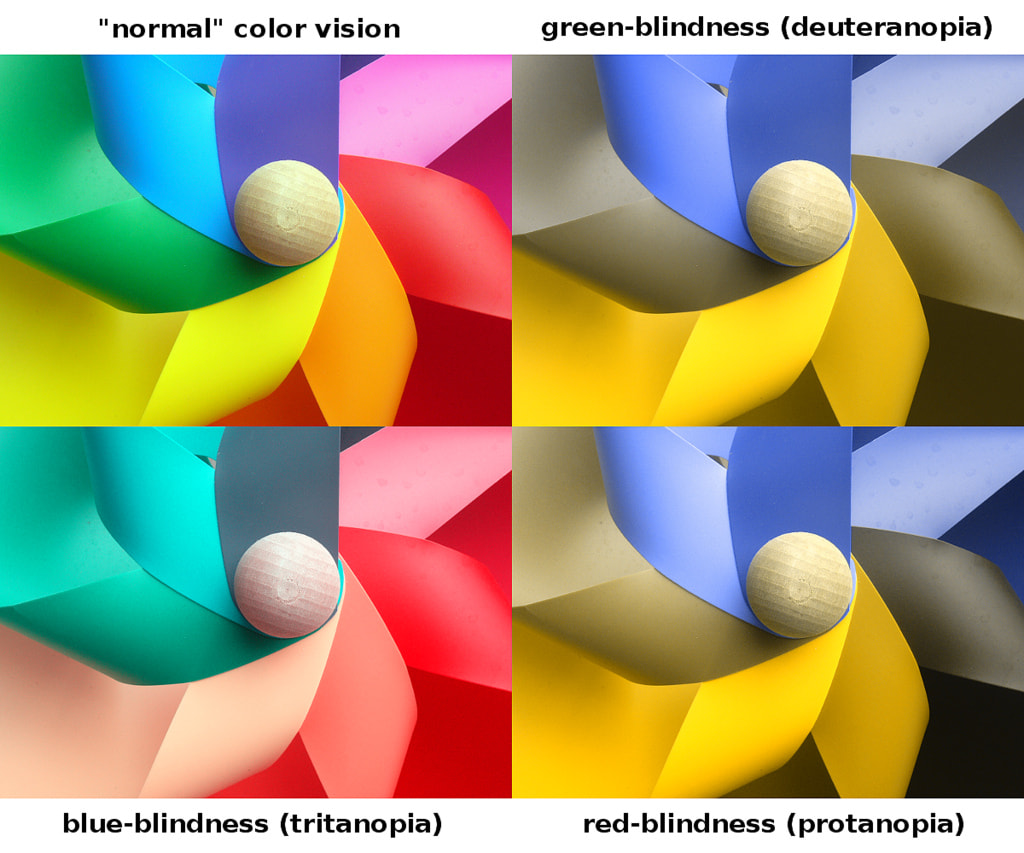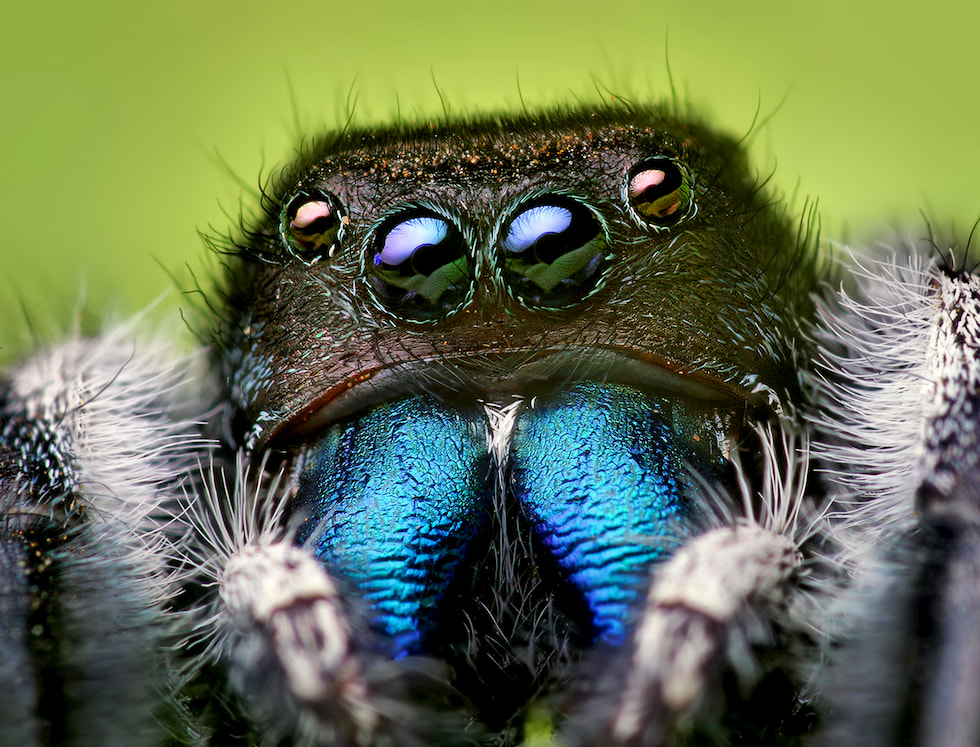
IELTS Practice Test Volume 2
- Đăng ngày: 07 Mar 2019
- Tests taken: 226,681
Đáp án
Part 1: Question 1 - 13
- 1 visible
- 2 natural clays
- 3 biological matter
- 4 carminic acid
- 5 FALSE
- 6 FALSE
- 7 NOT GIVEN
- 8 TRUE
- 9 mucus
- 10 leaves
- 11 stone
- 12 stable
- 13 accidentally
- 1 visible
- 2 natural clays
- 3 biological matter
- 4 carminic acid
- 5 FALSE
- 6 FALSE
- 7 NOT GIVEN
- 8 TRUE
- 9 mucus
- 10 leaves
- 11 stone
- 12 stable
- 13 accidentally
Part 2: Question 14 - 26
- 14 TRUE
- 15 NOT GIVEN
- 16 TRUE
- 17 TRUE
- 18 FALSE
- 19 antibodies
- 20 filariasis
- 21 liver
- 22 urban
- 23 jungle
- 24 parasite
- 25 sprayed
- 26 strategies
- 14 TRUE
- 15 NOT GIVEN
- 16 TRUE
- 17 TRUE
- 18 FALSE
- 19 antibodies
- 20 filariasis
- 21 liver
- 22 urban
- 23 jungle
- 24 parasite
- 25 sprayed
- 26 strategies
Part 3: Question 27 - 40
- 27 FALSE
- 28 TRUE
- 29 NOT GIVEN
- 30 FALSE
- 31 TRUE
- 32 pebbles and grit
- 33 rock bed
- 34 Retreat
- 35 Eddies and whirlpools
- 36 Undercutting
- 37 geological features
- 38 Canada
- 39 underwater barriers
- 40 unstable rock
- 27 FALSE
- 28 TRUE
- 29 NOT GIVEN
- 30 FALSE
- 31 TRUE
- 32 pebbles and grit
- 33 rock bed
- 34 Retreat
- 35 Eddies and whirlpools
- 36 Undercutting
- 37 geological features
- 38 Canada
- 39 underwater barriers
- 40 unstable rock
Leaderboard:
| # | Thành viên | Điểm | Thời gian | |
|---|---|---|---|---|
| thanh vy |  | 9.0 | 15:29 | |
| Hsu Win |  | 9.0 | 17:11 | |
| Anindi K |  | 9.0 | 19:28 | |
| 4 | Ekaterina Soboleva |  | 9.0 | 19:30 |
| 5 | Nguyen Uyen |  | 9.0 | 20:33 |
| 6 | Nurul Nadiah Misman |  | 9.0 | 22:06 |
| 7 | Thái Nguyễn Anh |  | 9.0 | 22:35 |
| 8 | Huy Roan |  | 9.0 | 25:04 |
| 9 | Cyrus Nguyen |  | 9.0 | 25:46 |
| 10 | Thao Phuong |  | 9.0 | 26:02 |
Giải thích chi tiết
Questions 1-4
Complete the sentences.
Choose NO MORE THAN TWO WORDS from the passage for each answer.
Ultimately, pigments are important because they are so 1 .
Umber and sienna are examples of 2
Originally, more unusual colours were derived from 3
Generally, predators of insects do not like the taste of 4
- 1 Answer: visible
Keywords in Questions
Similar words in Passage
Q1: Ultimately, pigments are important because they are so_________
If this was originally dissolved in a carrier liquid to transfer the colour, it is known as a dye, but whatever the case, since colour is the most visible element in all objects we desire, pigments can be said to be the basis of customer choice, and therefore of almost all hard trade and transactions.
Note: The keyword in Q1 is pigments as we look for the information in the passage. From the question, we can assume that the answer is an adjective. After skimming, we can notice that paragraph 1 mentions the keyword. We should also note that colour has the same meaning with the keyword, the phrase to be the basis of customer choice is similar to are important, since also means because
Therefore, the answer for Q1 is visible
- 2 Answer: natural clays
Keywords in Questions
Similar words in Passage
Q2:. Umber and sienna are examples of_______
The first pigments used were of mineral origin — from natural clays tinted by the presence of iron-oxides. The best known examples are the gold colour of ochre, the brown of umber, and the yellow of sienna.
Note: The blank should be filled with a phrase. The answer should be the name of mineral origin. The keywords here are Umber and sienna and examples of. The parallel expressions of keywords can be found in paragraph 2. Considering every details in the question and in the passage, we can conclude that natural clays tinted is confirmed in Q2.
For that reason, the answer is natural/tinted clay(s).
- 3 Answer: biological matter
Keywords in Questions
Similar words in Passage
Q3: Originally, more unusual colours were derived from _______
Ash, as well as charcoal (derived from heating wood in the absence of oxygen), were also used to provide black, but in the search for colour, it was soon discovered that biological matter, such as plants, animal waste, mollusks, and insects, could yield more interesting results.
Note: The blank should be filled with a phrase. The keywords here are more unusual colours and were derived from. The parallel expressions of keywords can be found in paragraph 2. Considering every details in the question and in the passage, we can conclude that biological matter is confirmed in Q3.
For that reason, the answer is biological matter.
- 4 Answer: carminic acid
Keywords in Questions
Similar words in Passage
Q4: Generally, predators of insects do not like the taste of ________
The pigment is a constituent of the carminic acid produced inside the creature’s body, used to discourage predation by birds or other insects.
Note: The keyword of Q4 is predators of insects when we look for the information in the passage. From the question, we can assume that the answer should be a noun. After skimming, we can notice that paragraph 3 mentions the keyword. We should also notice that predation by birds or other insects has the same meaning with predators of insects, to produced inside the creature’s body is similar to the taste of, discourage also means do not like.
Therefore, the answer for Q4 is carminic acid.
Questions 5-8
Do the following statements agree with the information given in Reading Passage One?
Write
| TRUE | if the statement agrees with the information |
| FALSE | if the statement contradicts the information |
| NOT GIVEN | If there is no information on this |
5 Kermes were easy to collect.
6 Kermes produce better pigment than cochineals.
7 Kermes are bigger than cochineals.
8 Cochineals are still a valuable crop.
- 5 Answer: FALSE
Keywords in Questions
Similar words in Passage
Q5: Kermes were easy to collect.
Being so prolific and so easily seen by predators, they need to produce higher concentrations of carminic acid for protection, up to a quarter of their body weight.
Note: Although the keywords easy is mentioned in the passage, this meaning is in contrast with Q5 “easily seen by predators”.
For that reason, the answer is FALSE.
- 6 Answer: FALSE
Keywords in Questions
Similar words in Passage
Q6: Kermes produce better pigment than cochineals.
These insects have many advantages over kermes. Being so prolific and so easily seen by predators, they need to produce higher concentrations of carminic acid for protection, up to a quarter of their body weight.
Note Although the keywords produce is mentioned to in paragraph 4, this meaning is contrast with Q6 “produce higher concentrations of carminic acid”.
For that reason, the answer is FALSE.
- 7 Answer: NOT GIVEN
Keywords in Questions
Q7: Kermes are bigger than cochineals.
Note Scanning all over the passage, there is no such thing as bigger than cochineals.
For that reason, the answer is NOT GIVEN.
- 8 Answer: TRUE
Keywords in Questions
Similar words in Passage
Q8. Cochineals are still a valuable crop
Finally, the insects are far more easily obtained, being simply scrapped or knocked off the cactus leaves, Thus, after the Spanish conquest of Mexico, cochineals replaced kermes almost completely, becoming a lucrative Central American export for the next few centuries.
Note Considering every details in the question and in the passage, we can conclude that Q26 is confirmed in the passage.
For that reason, the answer is TRUE.
Questions 9-13
Complete the summary of the second half of the passage.
Choose ONE WORD from the passage for each answer.
The best purple originally came from the 9 of sea snails, although the oldest pigment for clothing was from the 10 of indigo. The blue for picture-painting originated from a 11 costing so much that an artificial replacement. Prussian Blue, was eventually produced, being not only inexpensive but also 12 Ironically, the prized purple colour was discovered 13 |
- 9 Answer: mucus
Keywords in Questions
Similar words in Passage
Q9. The best purple originally came from the _____of sea snails
Its source was the medium-sized Murex sea snail. With a range around the coastal Mediterranean, early civilisations there soon realised that the mucus the snail secretes when poked and prodded could be treated to produce a purplish-blue dye which did not fade with time.
Note
The keywords in this question is purple. The words to fill in the blank must be a noun, as it follows the noun sea snails. After skimming, we notice that paragraph 5 mentions that. Considering every details in the question and in the passage, we can conclude that natural clays tinted is confirmed in Q9.
Therefore, the answer for Q9 is mucus.(natural clays tinted --> mucus)
- 10 Answer: leaves
Keywords in Questions
Similar words in Passage
Q10 although the oldest pigment for clothing was from the ______ of indigo.
For a less durable blue, suitable for dyeing clothes, the indigo plant was discovered. Its leaves were fermented, and then left to age, and the sediment eventually produced was dried, treated, then reduced to a blue powder. This pigment can, in fact, be said to be the oldest used to colour fabric.
Note
The keywords in this question is of indigo. From the question, we can assume that the answer is a noun. Considering every details in the question and in the passage, we can conclude that leaves is matched with the missing phrase in question.
Therefore, the answer for Q10 is leaves.
- 11 Answer: stone
Keywords in Questions
Similar words in Passage
Q11. The blue for picture-painting originated from a _______ costing so much that an artificial replacement.
It is one reason jeans were originally blue, and remain so to this day, indigo being the dye used to colour them. However, it was not suitable for painting or artistic purposes. For that, European artists used a mixture derived from the grinding up of lapis lazuli, a semi-precious stone, whose only known source was in far Afghanistan. Consequently, this colour was very costly, and many artists avoided it altogether. Others, however, were deliberately extravagant in its use, producing proportionally more expensive paintings.
Note
The keywords here are The blue and an artificial replacement.. The parallel expressions of keywords can be found in paragraph 6. From paragraph 6, we can infer that ‘a semi-precious stone’ was used for replace indigo in painting or artistic purposes.
Therefore, the answer for Q11 is stone.
- 12 Answer: stable
Keywords in Questions
Similar words in Passage
Q12. Prussian Blue, was eventually produced, being not only inexpensive but also ______
This eventually led to the first modern synthetic pigment, Prussian Blue. Discovered in Germany in the early 18th century, it was put into rapid production and exportation, giving artists around the world the first cheap, yet stable, blue pigment.
Note
The keywords in this question is Prussian Blue. From the question, we can assume that the answer is an adjective. Considering every details in the question and in paragraph 7, we can conclude that stable is confirmed in Q12.
Therefore, the answer for Q12 is stable.
- 13 Answer: accidentally
Keywords in Questions
Similar words in Passage
Q13. Ironically, the prized purple colour was discovered ________
The vivid purple of the Murex snail was accidentally produced by an English chemist, William Perkins, who soon put ‘mauveine’ into commercial production.
Note
The keywords in this question is the prized purple colour.From the question, we can assume that the answer is an adjective. We should notice vivid is similar to prized and produced is similar to discovered.
Therefore, the answer is accidentally.
Reading Passage 1
You should spend about 20 minutes on Questions 1-13, which are based on Reading Passage One.

The Search for Colour
We seldom reflect on the artificial colour of modern merchandise. A blue car is blue; a red chair, red; a green bicycle, green. But why does it have colour? Answer, because its surface contains pigment. If this was originally dissolved in a carrier liquid to transfer the colour, it is known as a dye, but whatever the case, since colour is the most visible element in all objects we desire, pigments can be said to be the basis of customer choice, and therefore of almost all hard trade and transactions. Consequently, production of this substance is big business, now accounting for over twenty billion dollars annually in global sales—yet there was a time when none of it existed.
Going back into the mists of prehistory, objects, tools, and clothing were all earthen and bland, without anything except their natural colours. The first pigments used were of mineral origin — from natural clays tinted by the presence of iron-oxides. The best known examples are the gold colour of ochre, the brown of umber, and the yellow of sienna. These were ground up and mixed with fat to create paint, used, for example, in the earliest European cave paintings. Ash, as well as charcoal (derived from heating wood in the absence of oxygen), were also used to provide black, but in the search for colour, it was soon discovered that biological matter, such as plants, animal waste, mollusks, and insects, could yield more interesting results.
Crimson — a bright red colour— is a good example. It was extracted from kermes, a small insect found on Southern-European oak trees. The pigment is a constituent of the carminic acid produced inside the creature’s body, used to discourage predation by birds or other insects. However, with the trees being large and bushy, and the sap-feeding insects few and far between, pigment production was a meticulous and time-consuming process. This increased the price of the product, the end result being that, in Northern Europe, pure crimson long remained a luxury colour for clothing and textiles.
Interestingly, across the Pacific Ocean, people were producing the same colour from the same chemical within another insect. They were called cochineals: small scaly creatures which breed in abundant clusters on the fleshy leaves of a commonly occurring cactus. These insects have many advantages over kermes. Being so prolific and so easily seen by predators, they need to produce higher concentrations of carminic acid for protection, up to a quarter of their body weight. The pigment which results is also stronger and longer-lasting. Finally, the insects are far more easily obtained, being simply scrapped or knocked off the cactus leaves, Thus, after the Spanish conquest of Mexico, cochineals replaced kermes almost completely, becoming a lucrative Central American export for the next few centuries.
The lure of crimson was only exceeded by the vivid ‘Tyrian purple’ — a colour which had ranked in highest favour since antiquity. Its source was the medium-sized Murex sea snail. With a range around the coastal Mediterranean, early civilisations there soon realised that the mucus the snail secretes when poked and prodded could be treated to produce a purplish-blue dye which did not fade with time. However, by needing thousands of sea snails and using a complicated (and still little known) process, all for the production of only small amounts of pigment, the colour was so expensive it could only be afforded by the ruling classes. This led to purple becoming associated with royalty. Roman emperors traditionally wore clothing of this colour.
For a less durable blue, suitable for dyeing clothes, the indigo plant was discovered. Its leaves were fermented, and then left to age, and the sediment eventually produced was dried, treated, then reduced to a blue powder. This pigment can, in fact, be said to be the oldest used to colour fabric. It is one reason jeans were originally blue, and remain so to this day, indigo being the dye used to colour them. However, it was not suitable for painting or artistic purposes. For that, European artists used a mixture derived from the grinding up of lapis lazuli, a semi-precious stone, whose only known source was in far Afghanistan. Consequently, this colour was very costly, and many artists avoided it altogether. Others, however, were deliberately extravagant in its use, producing proportionally more expensive paintings.
The cost of this paint resulted in much experimentation during the Industrial Revolution in search of chemical-based alternatives. This eventually led to the first modern synthetic pigment, Prussian Blue. Discovered in Germany in the early 18thcentury, it was put into rapid production and exportation, giving artists around the world the first cheap, yet stable, blue pigment. Other chemists were making similar breakthroughs. The vivid purple of the Murex snail was accidentally produced by an English chemist, William Perkins, who soon put ‘mauveine’ into commercial production. With such efforts, affordable pigments were soon found in all colours.
Mass production followed, bringing industrial prosperity to Northern Europe, but decline in many parts of the world where traditional organic pigments were still under production. In the Americas, for example, the crimson of cochineals, having long been a Spanish monopoly and rich source of export income, went into steady decline. However, all was not lost. In this modern age, there has been a shift back towards naturalness, even in pigments, and this has seen a resurgence in the popularity of cochineals. The pigment is now commercially produced in several countries, with Peru being the largest exporter.







